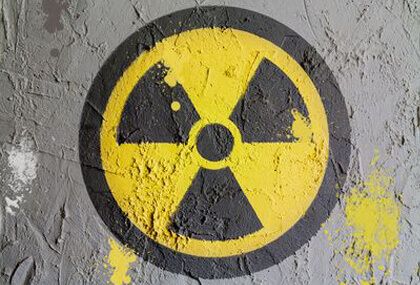Even in the hands of experienced operators, rechanneling and angioplasty of a chronic total occlusion (CTO) results in patients and the whole cath lab team receiving high doses of radiation, according to this registry presented at the American Heart Association 2017 Scientific Sessions.

Up to 23% of patients who undergo rechanneling of a CTO receive a radiation dose greater than 5 Gy.
Read also: “Protective Shield RADPAD Reduces the Radiation Dose Received by Operators in the Cath Lab”.
This study identified several clinical and angiographic factors that could help identify beforehand patients most at risk for receiving excess radiation. These factors include high body mass index, prior myocardial revascularization surgery, moderate to severe calcification, proximal cap ambiguity, and longer occlusion length.
All of these are both logical and expected to be in this list. On the one hand, high body mass index requires a higher radiation dose, and on the other hand, all other factors are well-known predictors of higher procedural difficulty.
Read also: “Important Study Detects Radiation-Induced DNA Damage in Operators After an Endovascular Procedure”.
Measures such as changing fluoroscopy settings from start or the use of shielding may be helpful for patients who are likely to receive high radiation doses. Changing fluoroscopy settings or projection once we are past 2 Gy is definitely too late.
The PROGRESS-CTO registry was designed to get of a sense of patient radiation exposure during rechanneling procedures in contemporary practice. The current analysis included data on 1517 patients treated at 12 US centers between 2012 and 2017.
The air kerma radiation dose received by patients was relatively low (less than 2.1 Gy) in 33%, intermediate (2.1 to 5.0 Gy) in 44%, and high (greater than 5.0 Gy) in 23%.
Read also: “Study Confirms Lead Shields Protect Cath Lab Staff from Radiation Exposure”.
The mean was 2.95 Gy, although there was a surprisingly substantial variation across centers. In fact, treatment at a few specific centers was predictive of a high radiation dose.
Fluoroscopy time was hand in hand with contrast volume and the rate of complications; however, it was inversely proportional to the rate of success. Despite different adjustments, this might just imply that certain centers chose simpler total occlusions.
In any case, worries about radiation should not factor into the decision to treat chronic total occlusions as clinically indicated.
Original title: Radiation Exposure of Patients During Chronic Total Occlusion Percutaneous Coronary Intervention. Update from a Contemporary Multicenter Registry.
Reference: Karacsonyi J. et al. Presented at the American Heart Association 2017 Scientific Sessions.
Get the latest scientific articles on interventional cardiologySubscribe to our weekly newsletter
We are interested in your opinion. Please, leave your comments, thoughts, questions, etc., below. They will be most welcome.





